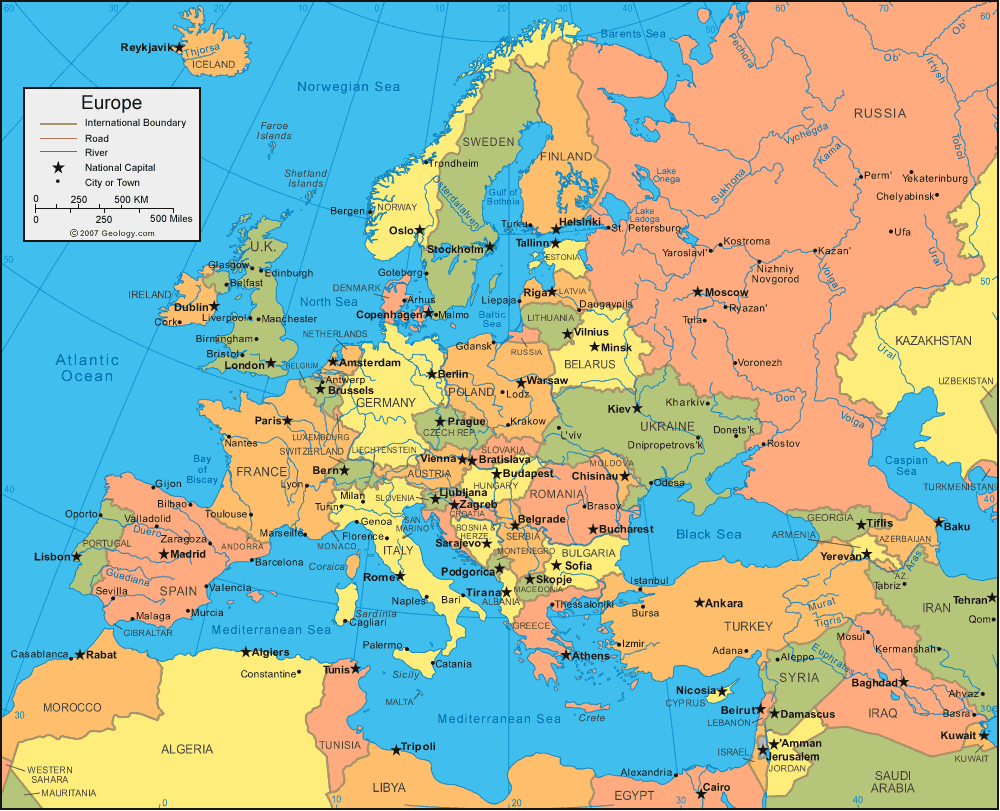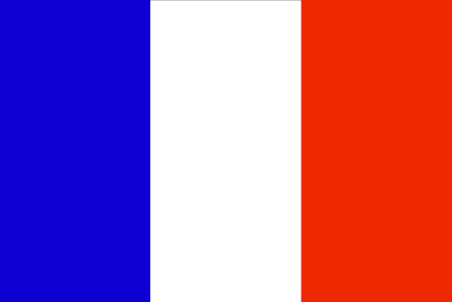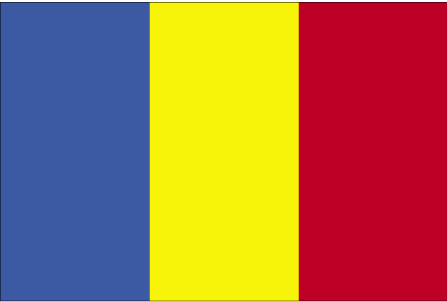
Music and traditions from Europe

Northern Europe


How well do you know your own continent? Guess the country by their flags!!










Monuments and Landmarks


Eiffel Tower (France) Stonehenge (England)


London Bridge (England) Cologne Cathedral (Germany)

Notre Dame Cathedral (France)
Northern european cuisine
Pork, beef, and poultry are the main varieties of meat consumed in Germany, with pork being the most popular. The average person in Germany will consume up to 61 kg (134 lb) of meat in a year. Cheesecake is very popular, Black Forest cake, made with cherries is probably the most well-known example of a wide variety of typically German tortes filled with whipped or butter cream. French cuisine is extremely diverse and has exerted a major influence on other western cuisines.France's most renowned products are wines, as well as a large variety of different cheeses, such as Camembert, Roquefort and Brie.

Northern european sports
France has a close association with the Modern Olympic Games; it was a French aristocrat, Baron Pierre de Coubertin, who suggested the Games' revival, at the end of the 19th century. France is famous for its 24 Hours of Le Mans sports car endurance race. The Tour de France is the oldest and most prestigious of Grands Tours, and the world's most famous cycling race. Cricket is a popular summer sport in the United Kingdom and has been exported to other parts of the former British Empire. Cricket has its origins in south east Britain. It's popular throughout England and Wales, and parts of the Netherlands. In the far North Europe, winter sports are very important. In Scandinavian and Alpine countries, various forms of skiing and snowboarding are popular. European competitors have traditionally dominated at the Winter Olympics.
Parkour is a holistic training discipline using movement that developed from military obstacle course training. Practitioners aim to get from A to B in the most efficient way possible.They do this using only their bodies and their surroundings to propel themselves; furthermore, they try to maintain as much momentum as is possible in a safe manner. Parkour can include obstacle courses, running, climbing, swinging, vaulting, jumping, rolling, quadrupedal movement, and the like, depending on what movement is deemed most suitable for the given situation.
Olympic Games
Parkour
Northern european music
Fiddle: It is a bowed string musical instrument, most often like a violin. Although in many cases violins and fiddles are essentially synonymous, the style of the music played may determine specific construction differences between fiddles and classical violins.
Harmonica: also known as a French harp or mouth organ, is a free reed wind instrument used worldwide in many musical genres. It is played by using the mouth (lips and tongue) to direct air into or out of one (or more) holes along a mouthpiece.
Accordion: It is a musical instrument of the free-reed aerophone type. The accordion is played by compressing or expanding the bellows while pressing buttons or keys, causing pallets to open, which allow air to flow across strips of brass or steel, called reeds.
Dolan's Pub
Riverdance
Southern Europe







Monuments and Landmarks


Parthenon (Greece) Sagrada Familia (Spain)


Duomo e Torre di Pisa (Italy) Colisseum (Italy)

Portico de la Gloria (Spain)
Southern european cuisine
Also known as mediterranean cuisine. It uses a lot of vegetables as well as fruits, milk derived, and red meats. Some dishes are:
Spanish paella:
Greek salad: with goat cheese and yoghourt.
Italian spaghetti alla carbonara
Italian pizza
Serbian Duvec: with chicken, lamb or beef, and vegetables.

Southern european sports
Basque pelota is the name for a variety of court sports played with a ball using one's hand, a racket, a wooden bat or a basket, against a wall (frontis or Fronton) or, more traditionally, with two teams face to face separated by a line on the ground or a net. The roots of this class of games can be traced to the Greek and other ancient cultures.
Cue sports (sometimes written cuesports), also known as billiard sports, are a wide variety of games of skill generally played with a cue stick which is used to strike billiard balls, moving them around a cloth-covered billiards table bounded by rubber cushions.
Basque Pelota
Pool tricks
Flamenco
Flamenco is a form of Spanish folk music and dance from the region of Andalusia in southern Spain. It includes cante (singing), toque (guitar playing), baile (dance) and palmas (handclaps). First mentioned in literature in 1774, the genre grew out of Andalusian and Romani music and dance styles. Flamenco is often associated with the Romani people of Spain (Gitanos) and a number of famous flamenco artists are of this ethnicity. On November 16, 2010 UNESCO declared flamenco one of the Masterpieces of the Oral and Intangible Heritage of Humanity.
Palos (formerly known as cantes) are flamenco styles, classified by criteria such as rhythmic pattern, mode, chord progression, stanzaic form and geographic origin. There are over 50 different palos although some are rarely performed; only about a dozen of these palos are commonly played. Some are sung unaccompanied while others usually have guitar or other accompaniment.
Eastern Europe





Monuments and Landmarks


Hagia Sophia (Turkey) The Motherland calls (Russia)


Red Square (Russia) St.Andrew's church (Kiev)
Cyrillic Alphabet
The Cyrillic script is an alphabetic writing system employed across Eurasia. It is based on the Early Cyrillic, which was developed in the First Bulgarian Empire during the 9th century AD at the Preslav Literary School. It is the basis of alphabets used in various languages, past and present, in parts of the Balkans and Northern Eurasia, especially those of Slavic origin, and non-Slavic languages influenced by Russian. As of 2011 around 252 million people in Eurasia use it as the official alphabet for their national languages. About half of them are in Russia. Cyrillic is one of the most used writing systems in the world.

Eastern european cuisine
The cuisine is diverse, as Russia is by area the largest country in the world. Eastern european cuisine derives its varied character from the vast and multi-cultural expanse of Russia. Its foundations were laid by the peasant food of the rural population in an often harsh climate, with a combination of plentiful fish, poultry, mushrooms, berries, and honey. Crops of rye, wheat, barley and millet provided the ingredients for a plethora of breads, pancakes, cereals, beer and vodka. Soups and stews full of flavor are centered on seasonal or storable produce, fish and meats. This wholly native food remained the staple for the vast majority of Russians well into the 20th century.

Eastern european sports
Rhythmic Gymnastics
Rhythmic gymnastics is an activity in which individuals or teams of 5 manipulate one or two pieces of apparatus: clubs, hoop, ball,ribbon, rope and Free (no apparatus). An individual athlete only manipulates 1 apparatus at a time. When multiple gymnasts are performing a routine together a maximum of two types of apparatus may be distributed through the group. An athlete can exchange apparatus with a team member at any time through the routine. Therefore, an athlete can manipulate up to two different pieces of apparatus through the duration of the routine. Rhythmic gymnastics is a sport that combines elements of ballet, gymnastics, dance, and apparatus manipulation. The victor is the participant who earns the most points, determined by a panel of judges, for leaps, balances, pirouettes (pivots), apparatus handling, and execution.
Ukranian team
Rhythmic Gymnastic exhibition
Eastern european music
The Tropak is a traditional Russian and Ukrainian folk dance. The dance is a brisk allegro in 2/4 time in a major key. Accompaniment is usually on two alternating chords; dominant and tonic. The Tropak was one of the traditional instrumental dances played by blind itinerant musicians called kobzars on their banduras and kobzas. It was also one of the dances often included in the repertoire of village violinists in Eastern Ukraine.The tropak went out of fashion in the 1930s during the major transformations in Ukrainian village society and culture that happened in Soviet Ukraine at that time.
The balalaika is a Russian folk stringed musical instrument with a characteristic triangular body and three strings.
